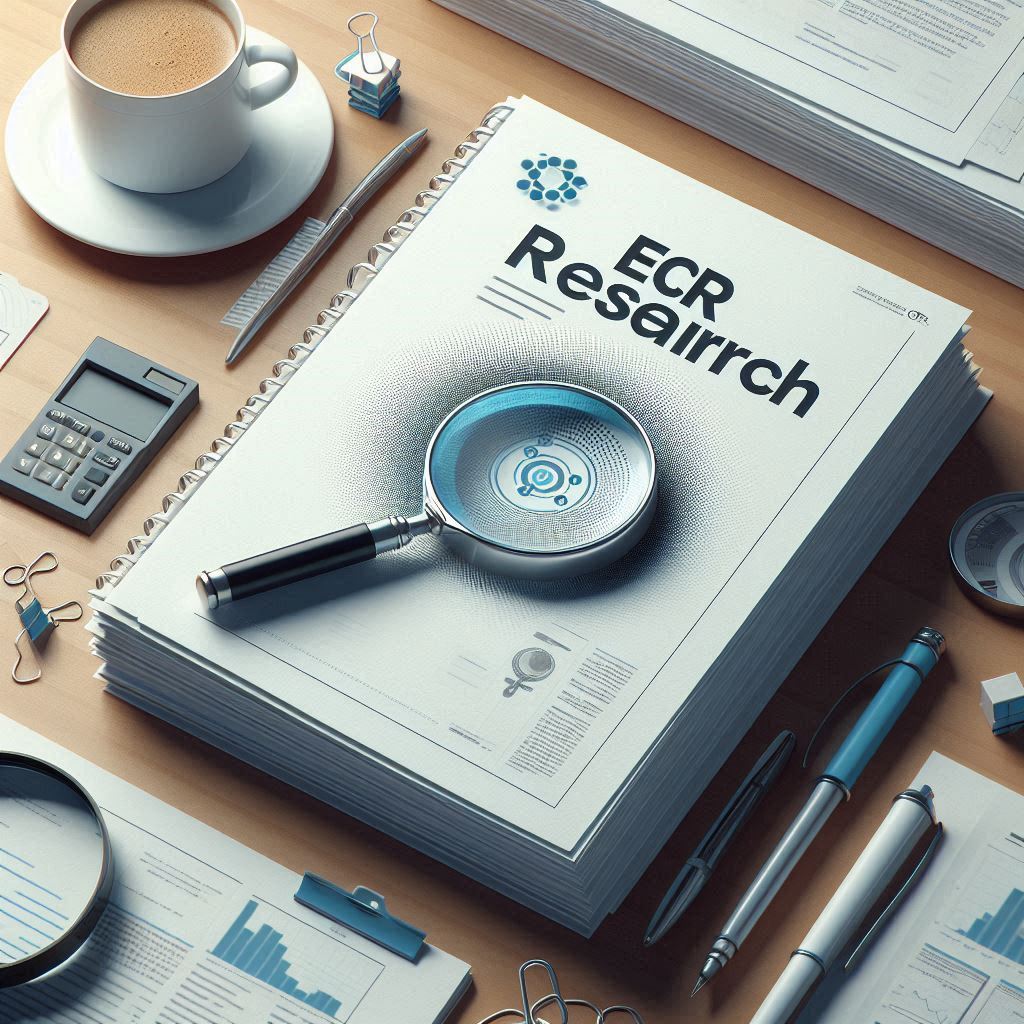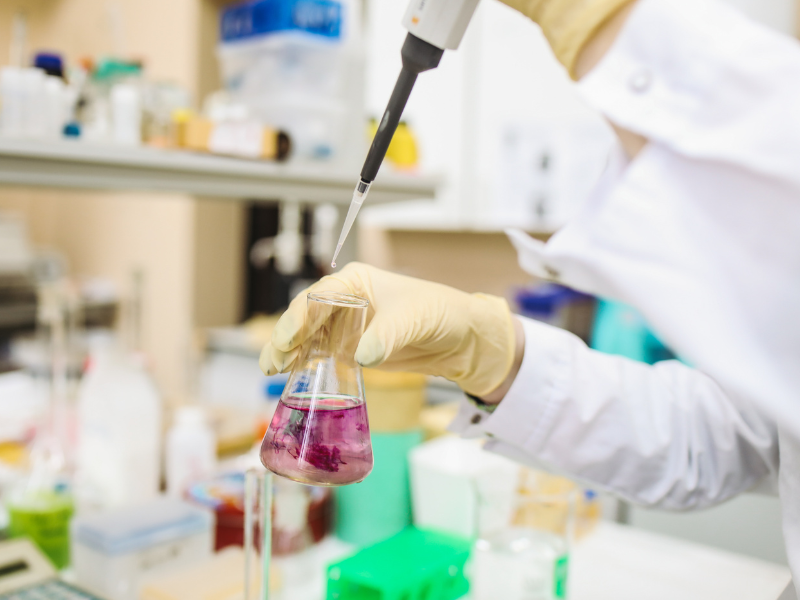Differences Between Developing And Developed Countries
| Developed Countries | Developing countries | |
| GDP Per Capita |
|
|
| GDP Per Capita Impact on Economic Performance |
|
|
| Distribution of Income and Wealth |
|
|
| Distribution of Income and Wealth Impact on economic Performance |
|
|
| Productivity |
|
|
| Productivity Impact on economic Performance |
|
|
| Population growth |
|
|
| Population growth Impact on Economic Performance |
|
|
| Size of Primary, secondary, tertiary Sector |
|
|
| Size of Primary, secondary, tertiary Sector – Impact on Economic development |
|
|
| Saving and Investment |
|
|
| Saving and Investment Impact on economic Development |
|
|
| Education |
|
|
| Education Impact on economic Development |
|
|
| Healthcare |
|
|
| Healthcare Impact on Economic development |
|
|
| Infrastructure |
|
|
| Infrastructure Impact on economic development |
|
|
Understanding the distinctions between developing and developed countries is crucial for policymakers, investors, and anyone interested in global economics. These differences span various aspects, including GDP per capita, income distribution, productivity, population growth, sector sizes, saving and investment, education, healthcare, and infrastructure. In this blog, we’ll delve into each of these areas to provide a clear comparison between developing and developed nations.
Table of Contents
- GDP Per Capita
- Income Distribution and Wealth
- Productivity
- Population Growth
- Size of Primary, Secondary, Tertiary Sectors
- Saving and Investment
- Education
- Healthcare
- Infrastructure
- Conclusion
GDP Per Capita
Developed Countries
- High GDP Per Capita: Developed nations boast a high GDP per capita, primarily generated from the income of high-value goods and services.
- Economic Impact: A robust income level facilitates advancements in services, infrastructure, education, and overall productivity, driving sustained economic growth.
Developing Countries
- Low GDP Per Capita: Income in developing countries is predominantly from agricultural goods, which often have low market prices, resulting in minimal income.
- Economic Impact: Limited income restricts economic development, forcing these nations to borrow from abroad, which increases foreign debt and hampers growth.
Income Distribution and Wealth
Developed Countries
- Efficient Tax Systems: Implement progressive tax systems that effectively redistribute wealth.
- Welfare Benefits: Comprehensive welfare programs support the poor, reducing absolute poverty.
Developing Countries
- Large Informal Economies: A significant black market presence makes tax collection challenging, limiting government revenue for public services.
- Corruption Issues: Higher corruption rates impede equitable wealth distribution and access to essential services like education and healthcare.
Economic Impact
- Developed Countries: Reduced poverty levels and efficient wealth distribution enhance economic stability and growth.
- Developing Countries: Persistent poverty and income inequality hinder economic progress and maintain the cycle of poverty.
Productivity
Developed Countries
- High Productivity: Driven by a skilled labor force and advanced technology, leading to increased output and economic efficiency.
Developing Countries
- Low Productivity: Limited access to education and training results in a predominantly unskilled workforce, reducing overall productivity.
Economic Impact
- Developed Countries: Continuous economic growth fueled by rising productivity and innovation.
- Developing Countries: Lower productivity stifles economic expansion and limits income growth.
Population Growth
Developed Countries
- Slow Growth Rates: Factors such as women pursuing careers, delayed marriages, and high child-rearing costs contribute to lower birth rates.
Developing Countries
- Rapid Growth Rates: High birth rates, especially in regions like Africa, lead to a rapidly increasing population.
Economic Impact
- Developed Countries: Aging populations may require adjustments in social services and pensions.
- Developing Countries: Rapid population growth strains resources, increases absolute poverty, and places pressure on the working-age population.
Size of Primary, Secondary, Tertiary Sectors
Developed Countries
- Dominance of Tertiary Sector: Employment is mainly in services, which require higher education and skills.
Developing Countries
- Prevalence of Primary Sector: A large portion of the workforce is engaged in agriculture and other primary industries.
Economic Impact
- Developed Countries: Capital-intensive farming and advanced services boost productivity and income.
- Developing Countries: Labor-intensive agriculture leads to lower wages and vulnerability to environmental factors.
Saving and Investment
Developed Countries
- Higher Savings Rates: Greater income levels enable significant savings and investments in capital equipment and technology.
Developing Countries
- Lower Savings Rates: Limited revenue restricts opportunities to save and invest, perpetuating low productivity levels.
Economic Impact
- Developed Countries: Continuous investment fosters economic growth and technological advancements.
- Developing Countries: High debt levels and low investment impede economic development and perpetuate poverty cycles.
Education
Developed Countries
- Accessible Quality Education: Universal access to high-quality education leads to a skilled and productive workforce.
Developing Countries
- Limited Educational Investment: Insufficient funding results in low education levels and limited training opportunities.
Economic Impact
- Developed Countries: Enhanced education drives economic growth and innovation.
- Developing Countries: Poor education systems trap populations in intergenerational poverty, limiting economic progress.
Healthcare
Developed Countries
- Comprehensive Healthcare Systems: Accessible medical care, clean water, and healthy food contribute to high life expectancy.
Developing Countries
- Basic Healthcare Challenges: Limited access to essential medical services increases disease prevalence and lowers life expectancy.
Economic Impact
- Developed Countries: Higher life expectancy supports an aging population but requires substantial funding for pensions and health services.
- Developing Countries: Poor health reduces workforce productivity and increases mortality rates, hindering economic development.
Infrastructure
Developed Countries
- Advanced Infrastructure: Investments in roads, communication, housing, and transportation enhance economic efficiency and attract investment.
Developing Countries
- Underdeveloped Infrastructure: Poor roads, unreliable power supply, and inadequate transport links discourage investment and limit productive capacity.
Economic Impact
- Developed Countries: Superior infrastructure attracts foreign direct investment (FDI) and supports robust economic activity.
- Developing Countries: Inadequate infrastructure hampers economic growth and deters both domestic and foreign investment.
Conclusion
The disparities between developing and developed countries are multifaceted, encompassing economic, social, and infrastructural dimensions. Developed nations benefit from high GDP per capita, efficient income distribution, skilled labor forces, advanced technology, and robust infrastructure, all of which drive sustained economic growth and high living standards. In contrast, developing countries face challenges such as low income levels, income inequality, limited educational and healthcare resources, and inadequate infrastructure, which hinder their economic development and perpetuate cycles of poverty.






